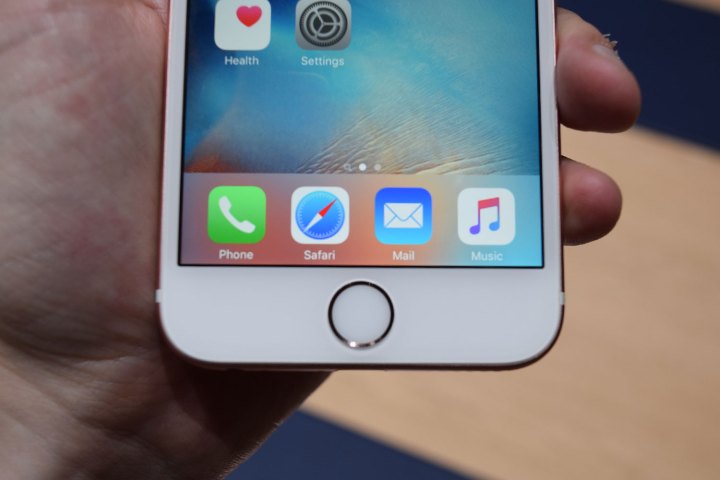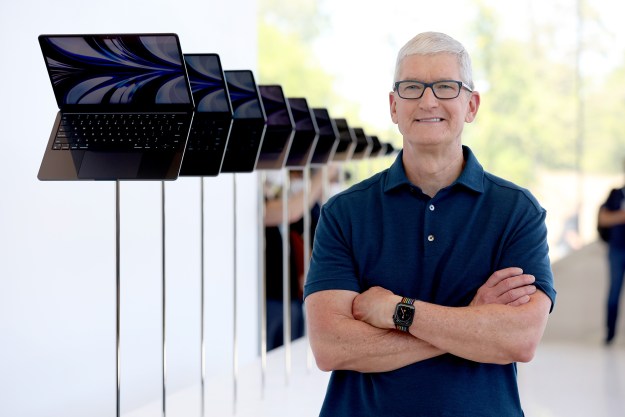
The rush of rumors surrounding new functionality in Mac OS X 10.12 seems to suggest the latest version of Apple’s operating system will be heavy on new functionality. Mac OS X 10.11 El Capitan had a few new notable features, but the release focused more on stability, optimizations and performance improvements than anything.
There has been speculation for some time that Apple would introduce a Touch ID-like feature to bypass traditional password authentication. The problem with that strategy is it requires new hardware, so using hardware that most Mac users already have seems logical.
When the Mac detects the Bluetooth connection of your iPhone, it will let you unlock your Mac just like you’d unlock your phone — with a touch of your finger. This is similar to how your passcode-protected Apple Watch is automatically unlocked while your iPhone is unlocked, as iOS sends a signal to the Watch via Bluetooth that the iOS device is in use.
This feature may also be a result of rumored efforts to bring Apple Pay to web browsers. Rumors suggest that the functionality is set to launch on the mobile Safari browser this fall, and it’s possible that Apple could be planning to allow desktop websites to use similar functionality.
If you don’t feel like waiting for Mac OS X 10.12 to unlock your computer remotely, consider downloading the Knock app from the App Store on your iPhone, Apple Watch and Mac OS X. Together, these versions of Knock will allow you to unlock your Mac remotely, much like Apple’s planned feature will do this fall.
Editors' Recommendations
- How to save text messages on iPhone and Android
- My last hope for Mac gaming is the iPhone 15 Pro
- I hope Apple brings this Vision Pro feature to the iPhone
- Apple may soon eliminate the notch from your Mac and iPhone
- Apple will now let you repair more Macs and iPhones yourself


